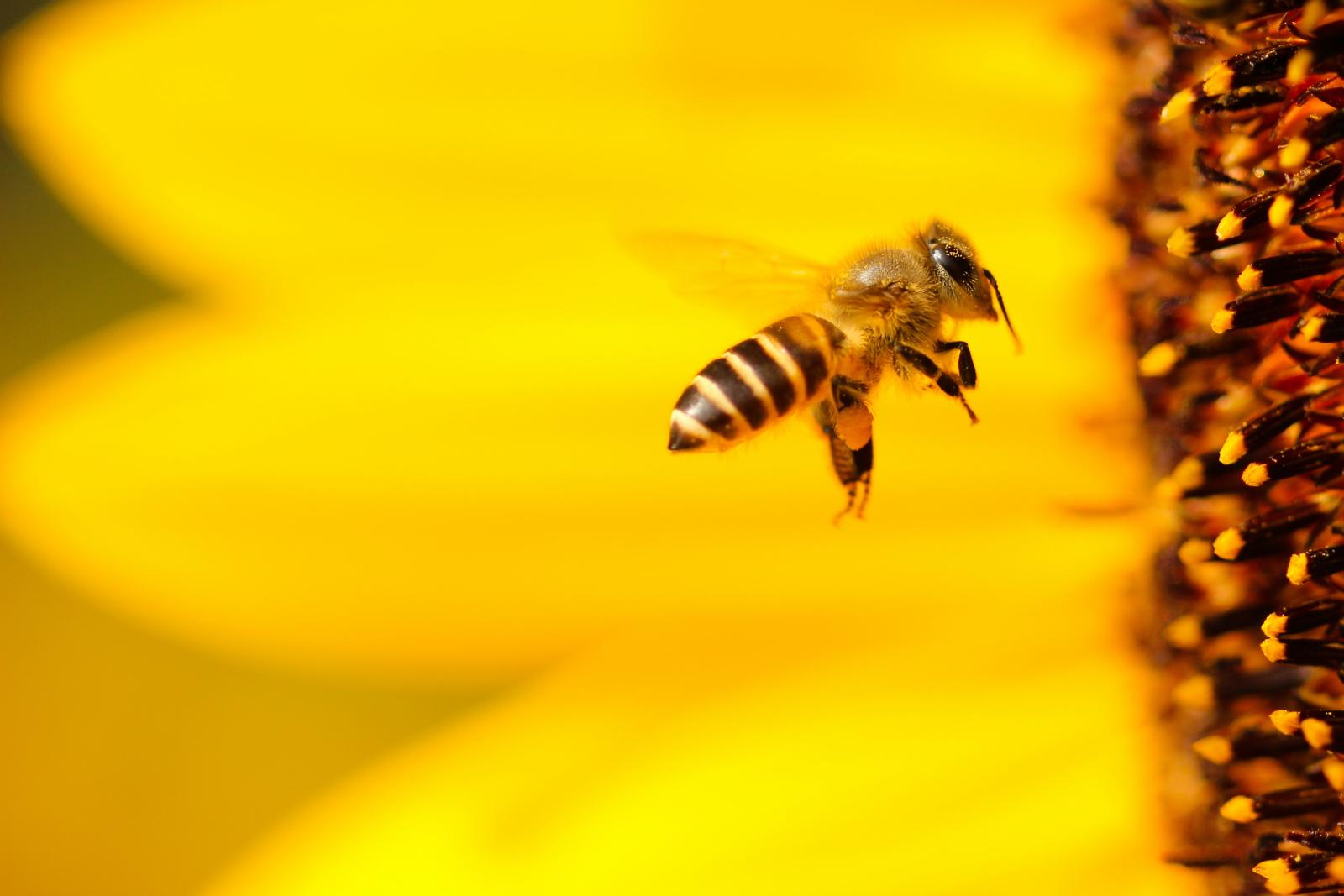It is possible to teach genetics in such as way as to gain students' interest. Yes, but a different approach is needed. This is the opinion of Rosemary J.Redfield, who teaches genetics at the Department of Zoology at the Canadian University of British Columbia, as stated in an article published in Plos Biology in July. The paper proposes a new way of teaching basic genetics, more suitable for students of the 21st century.
Why students who attend the course of basic genetics do not improve their ability to think scientifically and keep on not understanding much about genetics? Are they more stupid, more lazy? No, says Rosemary, it is us, the teachers, who are wrong in teaching a subject that students will never use. The role of genetics today has changed, genes are a bit everywhere with strong implications for both public and personal life. We therefore need to experiment with a new way of teaching genetics, getting rid of the old and pedantic structure of textbooks and enriching courses with topical issues: are cloned animals ethical? Are GM foods harmful? Does it make sense to speak of races?
At the end of the article readers can continue the discussion by describing their own experience and making suggestions by "clicking" on "Comments".(A.G.)

